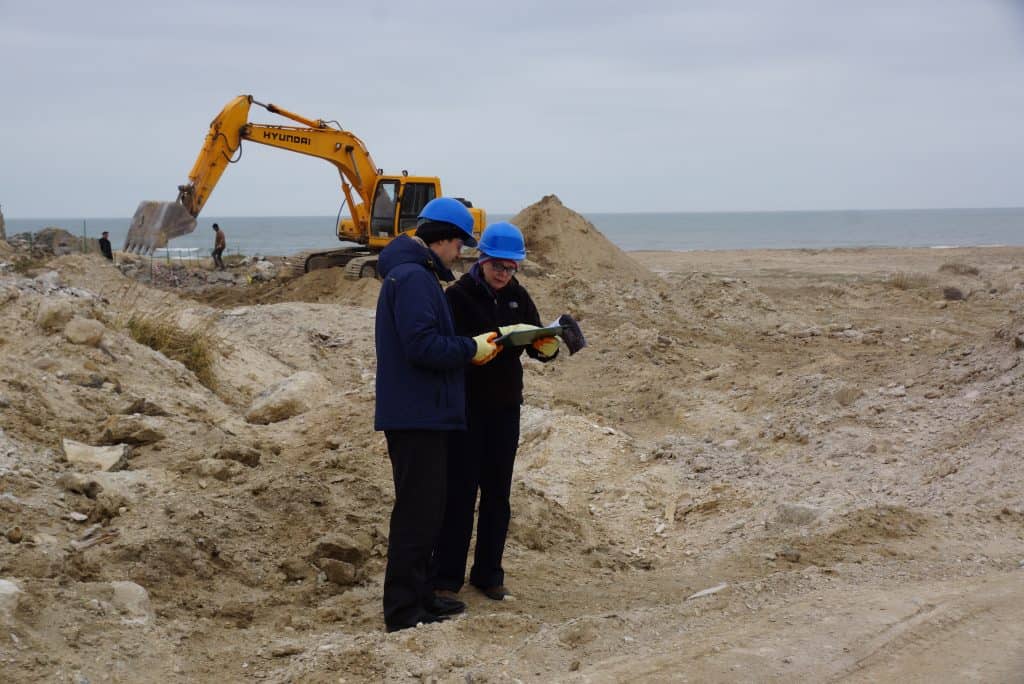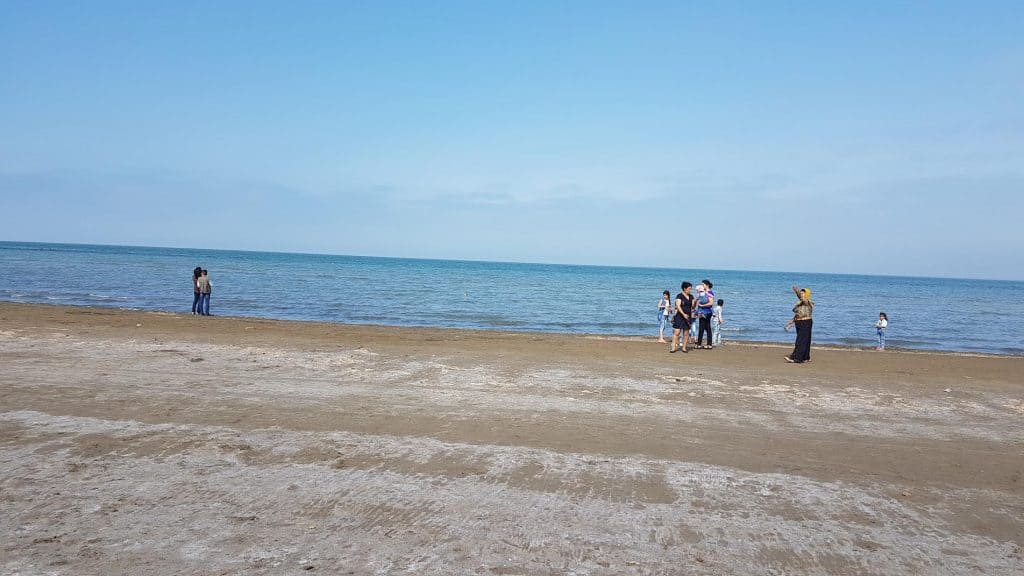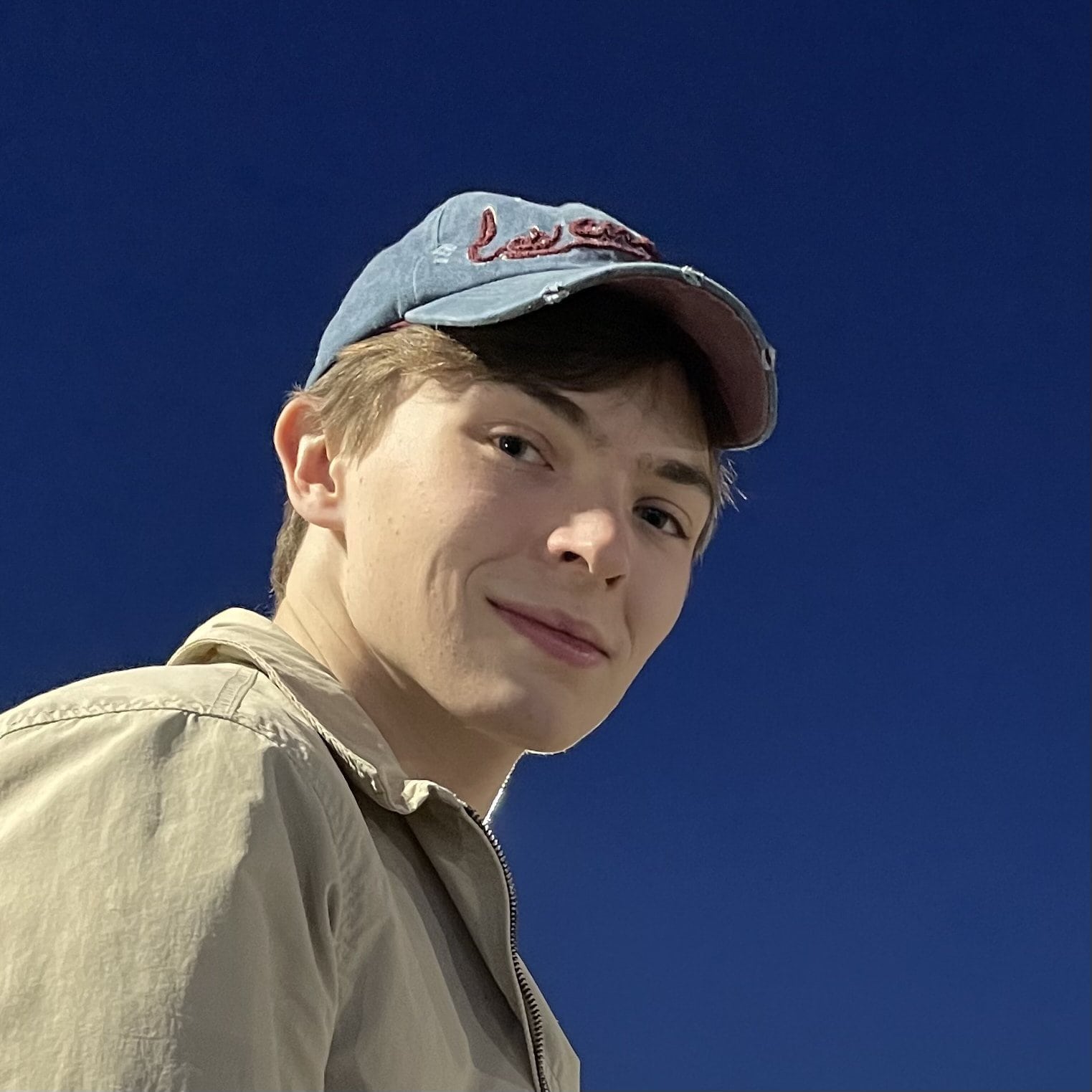As a child in the late 1970s, Rovshan Abbasov spent his summers living in yurts, surrounded by family and the immaculate pastures of the Caucasus mountains. But every September, like most children from the cotton-producing regions of what was then the Azerbaijan Soviet Socialist Republic, Abbasov returned to the fields, to the grueling work of picking the country’s “white gold.”
He remembers standing in the fields with other children, forced to miss months of school each harvest, as small planes flew above, dispersing a white powder. The planes, Abbasov would later discover, were dousing the crops — and children — with DDT, a highly poisonous insecticide.
Twenty years later, in the late 1990s, Richard Fuller was working on his golf handicap. He was an accomplished entrepreneur, sufficiently wealthy, and playing two or three times a week at the local club. He was also bored — existentially bored.
“I thought, ‘What can I do that would be useful for this life, that might make a contribution of decent substance…Something that an engineer from Australia might be useful in?’” Fuller recalls.

After some research, consulting with friends, and trial-and-error, Fuller decided on pollution — specifically pollution from industrial toxins and the harm it causes millions of people in low-income countries. In 1999 he founded Pure Earth, a non-profit focused on solving pollution problems in places where they pose a health risk.
Both Abbasov and Fuller knew they wanted to help make the world a cleaner place. Their desire to do so brought them together — along with thousands of other scientists, government officials and volunteers from across the globe — as part of Pure Earth’s Toxic Sites Identification Program (TSIP), a two-decade effort to empower people to identify, document and clean up some of the world’s most polluted areas.
To date, the TSIP has identified over 5,000 toxic sites across six continents and 50 countries, from soil-contaminating ship-breaking yards in Argentina to lead mines in Zimbabwe. Because of the sheer scale of the issue, the myriad ways pollution can manifest, and because polluters typically don’t keep tidy, transparent records of their activities, identifying what sites need to be cleaned is a herculean task in and of itself.

“Population, pollution, pathway — you need all three for disease to occur,” explains Jack Caravanos, clinical professor of environmental public health sciences at New York University, whose tripartite toxic screening methodology has served as a scientific backbone for the TSIP’s work. People are typically easy to count, and pollution often makes itself known. The trickiest part of classifying toxic sites, Caravanos says, is identifying the pathway — how, and whether, a pollutant actually reaches, and harms, people. “It’s like detective work, saying, ‘Why is this child being poisoned?’ And then working your way back.”
Identifying and classifying over 5,000 sites has taken a village — a rather global one. Beyond partnering with massive organizations like the United Nations and the World Bank, the TSIP has trained over 400 investigators and 90 government representatives worldwide on how to identify and screen toxic sites. These investigators then activate their own local networks — communities, organizations and concerned citizens — to identify and clean even more sites. Equipping these individuals and groups with the tools to identify, classify and publicize the pollution around them has resulted in an unprecedented public database of toxic sites.
Weighed down by negative news?
Our smart, bright, weekly newsletter is the uplift you’ve been looking for.One of those individuals is Rovshan Abbasov, now the head of the geography and environment department at Khazar University in Baku, the capital of Azerbaijan. Abbasov has served as Azerbaijan’s TSIP country coordinator since 2012. According to the TSIP public database, the team in Azerbaijan has identified 127 toxic sites affecting 1.1 million people, 11 percent of the country’s population. Abbasov has worked with government officials and local elders alike, working to make more of his country like the pristine summer pastures of his youth. “Pollution destroys value: it destroys economic value, ecological value, social value. I want to show my society, show my government, that things can be improved, that pollution can be cleaned,” he says.

In 2015, he led the cleanup of a toxic beach in Sumgayit, an old industrial port city classified by the TSIP in 2007 as one of the ten most polluted places in the world. The cleanup was a collaborative undertaking between Pure Earth, Azerikimya Joint Stock Company (the site’s owner), the European Commission, Azerbaijan’s Ministry of Ecology and Natural Resources, and the Sumgayit Municipality. Working together, the team cleared roughly five acres of toxic soil from the beach, reducing the ground contamination by 97 percent.
For Abbasov, the work is personal. He loves to take his sons on walks to the once-toxic site, now a public park with trees, flowers, vegetable patches and benches that overlook the Caspian Sea. For him, the Sumgayit project and others like it are symbols of hope for his country’s — and the planet’s — future. “Today, Baku is a little bit cleaner than it was even five years ago. People became more responsible,” says Abbasov. “I am very optimistic that the nature of Azerbaijan can be much better than it was in the past.”
Making the world a less polluted place isn’t only about cleaning up what pollution already exists, it’s about curbing it at the source. In addition to TSIP and a host of other policy and education initiatives, in recent years, Pure Earth has focused its direct cleaning efforts on lead and mercury pollution in particular. Because different toxics require wildly different expertise, technology and methods, focusing efforts on specific toxins allows Pure Earth to stretch its resources — financial and human — as far as possible. Lead poisoning alone, estimates a 2020 report, kills nearly one million people per year and poisons some 800 million children, culminating in devastating developmental and economic harm. Much of this exposure comes from what most would consider a “green” practice: recycling.

Pollution and climate change are connected issues, but they’re not the same. With dirty fossil fuels that both torch our atmosphere and render rivers flammable, the connection is obvious. The environmental costs of otherwise “green” technology, however, are often less conspicuous.
Batteries, for instance, are a lynchpin of the green revolution, essential to curbing climate change. Some 70 percent of all rechargeable batteries sold worldwide contain lead, and lead batteries are now among the most recycled consumer products in the world. That recycling process — much of which is carried out by informal-sector workers in low-income countries — is dirty, leading to the poisoning of millions of men, women and children. Fuller believes it doesn’t have to be this way. “You can manage a lead-acid battery in a circular economy that is clean and safe, and where 99.8 percent of the lead is recycled, and you don’t get any kids poisoned,” he says.
Achieving a cleaner global standard involves reaching small, informal recyclers and multinational battery manufacturers alike, both of which pose distinct challenges. But building systems that put lead back into batteries instead of the environment is not impossible; and, according to Fuller — while certainly daunting — neither is global pollution remediation. The technology exists, the resources exist and the will exists. As Fuller says, “We just have to do it.”









